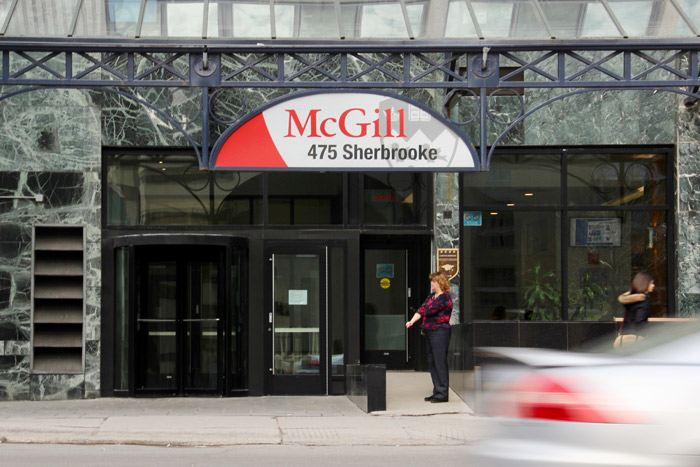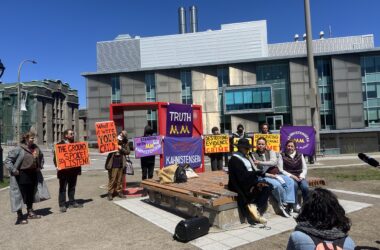Many universities have clubs and services tailored to make the transition from high school to university as smooth as possible. In addition to the Inter-Residence Council (IRC) and various faculty first-year organizations, McGill has a First Year Council (FYC), an official student body which was created under the Students’ Society of McGill University (SSMU) in 2013.
At the start of each academic year, all first year students have the opportunity to nominate themselves and campaign for executive positions on the FYC. After a one week campaigning period, first year students elect for their FYC representatives individually via Elections SSMU. According to the FYC constitution, it is the aim of the elected body of five first-year students to foster a strong sense of community through social events and collaboration with other first-year groups. This year, FYC held a Town Hall at Gerts, a trip to Quebec City, a speed dating event, weekend trips to Ottawa and Toronto, and an end of year party.
According to SSMU Vice-President (VP) Internal Daniel Lawrie and FYC VP External Kevin Zhou, the group struggles with its lack of an institutional identity. SSMU Legislative Council put reforms in place in Fall 2013 to provide FYC with institutional support. SSMU executives serve as mentors to the FYC representatives, advising on issues concerning event locations, budgeting, and McGill bureaucracy. However, Lawrie said the mentoring system between the FYC and SSMU is not a formal process. According to FYC VP Finance Marie Fester, SSMU has been criticized for its lack of communication and feedback. The resignation of two SSMU executives and FYC’s own VP Internal, for personal reasons, since February has made the Winter semester difficult for FYC.
“[By comparison, the Arts Undergraduate Society’s (AUS) First-Year Events, Academic, and Representative Council (FEARC) executives] receive more guidance from the AUS VP Internal,” said Fester.
While AUS executives play an active role during FEARC meetings, Lawrie said that SSMU has a different role in FYC and provides mentoring on an ad-hoc basis.
Zhou and Lawrie said that there is little institutional memory in the FYC due to the annual turnover of SSMU and FYC executives. According Zhou, this issue has been compounded by the lack of updates made to the FYC constitution, which was last written and updated in 2013, despite the fact that it is supposed to be updated every year.
“Some issues in the current constitution are no longer relevant to the current FYC,” Zhou said. “For example, town halls require resources that the FYC doesn’t have [….Moreover,] the current constitution does not reflect the current structure of the FYC and needs to be something for the incoming council to fall back on.”
Zhou said that there are variations in the time commitments expected of each FYC representative. While other positions only require attendance at a weekly FYC meeting, the VP External position entails six to seven hours of meetings with the SSMU Legislative Council once every fortnight.
“Prospective candidates need to know what they’re getting into, as it is unfair on the people who are committed,” Zhou said.
At this point in time, it is unclear what reforms will be made, according to Zhou. Fester would like to see FYC funding allocated to different initiatives and for more first-year seats to be offered on campus committees.
“FYC is not just a representative body, it’s also an opportunity for people to get involved,” Zhou said.
Although inexperienced members will always be a problem, the FYC will need to collaborate with more clubs to expand its reputation, according to Zhou. Moreover, Zhou said transitions within SSMU and the FYC will need to be handled more carefully, a process in which both Zhou and Fester are willing to help with when new executive members assume their roles on FYC next year.








